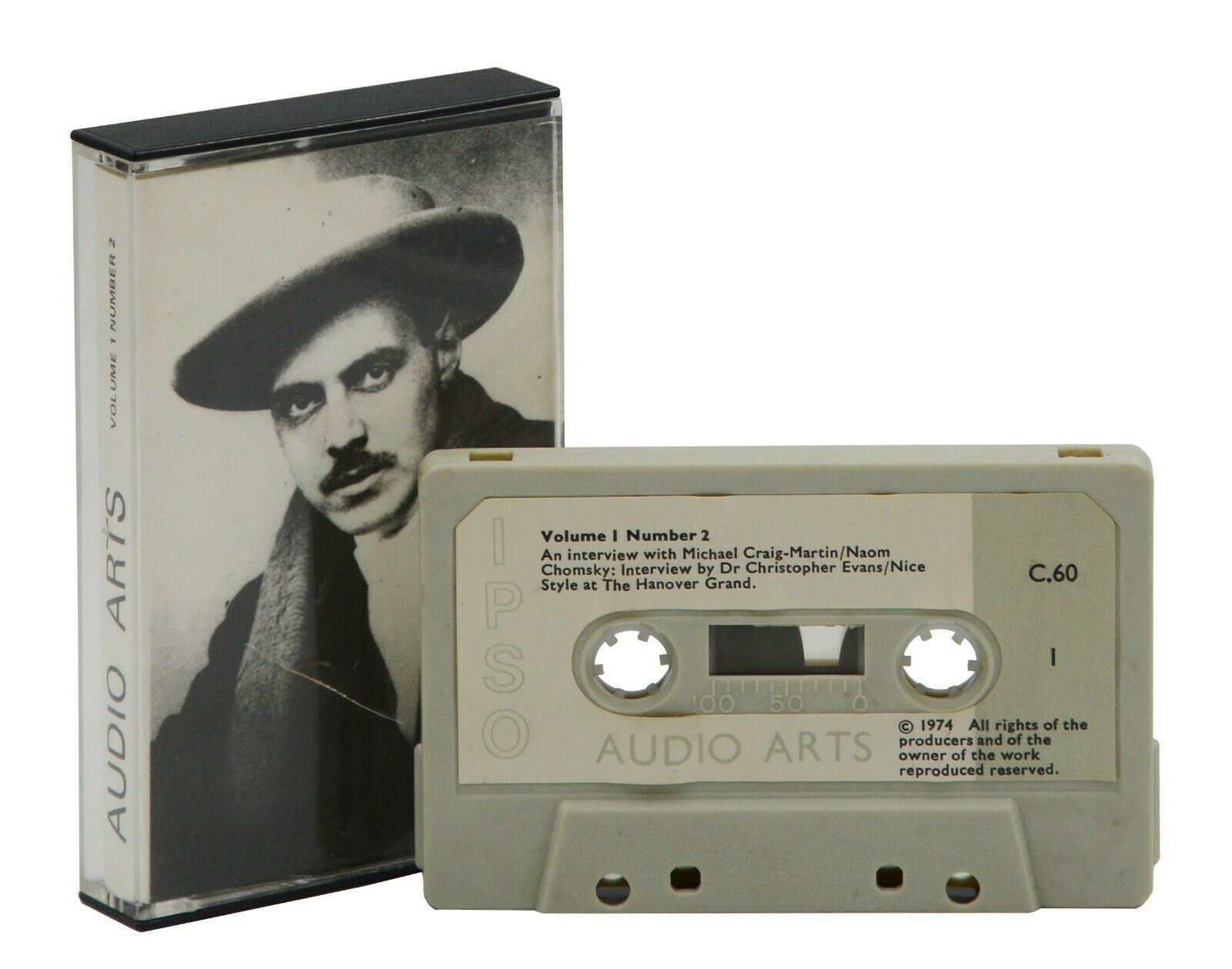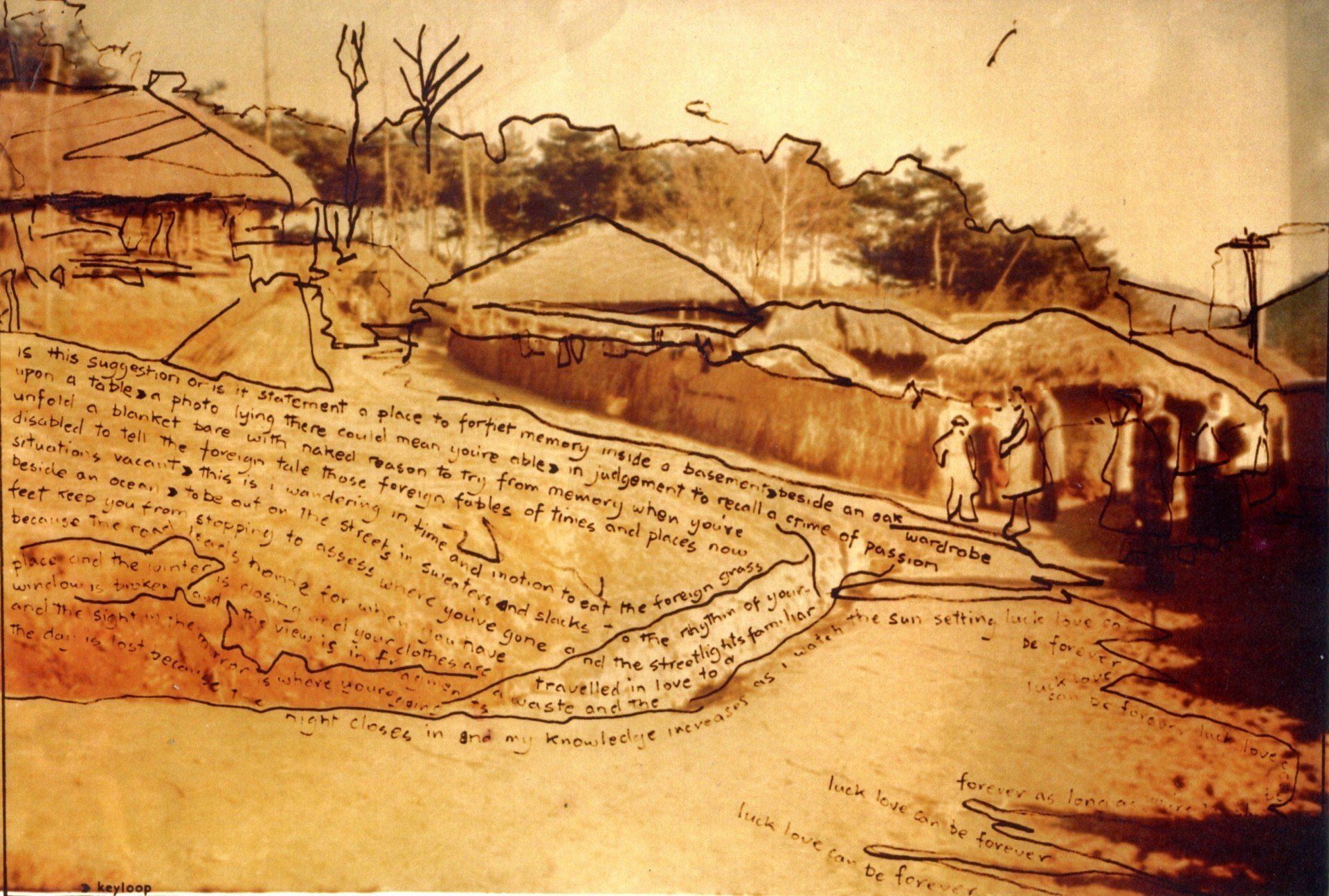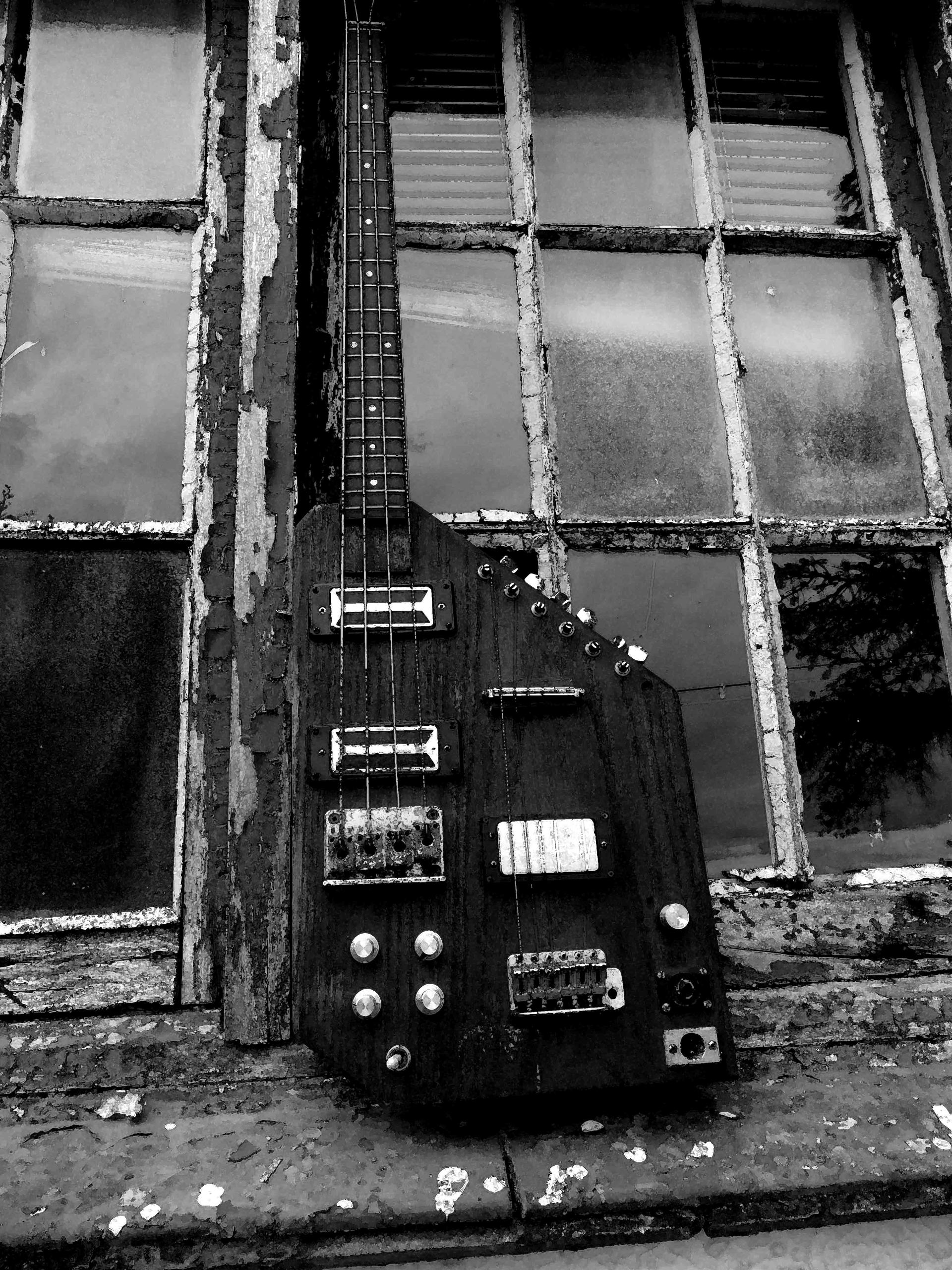'people are talking.....and it's close to home'
dumdum SCORE
United Kingdom based dumdum Score produce an experimental blend of no wave, aleatoric, avant-garde music which they describe as the non-genre of 'Jar' but may also be described as maximalism (music which "embraces heterogeneity and allows for complex systems of juxtapositions and collisions, in which all outside influences are viewed as potential raw material". Examples include the music of Edgard Varèse, Charles Ives, and Frank Zappa) Wikipedia. Their compositions are specifically designed to create 'mood' rather than an over reliance on 'pulse'.
Long dissatisfied with the straightjacket of conventional instruments and the predictable 4/4 verse chorus aspect of Western 'popular' music or the mathematical exercises associated with 'bpm' (beats per minute) they set out on a path of discovery that would free them from these constraints. They developed a series of musical ideas out of context with each other which would take their cue more from surrealist art than established and well trodden musical methods.
DDS lived and worked in isolation without ever being involved in any 'music scene' and discovered sound techniques that were recorded with self - manufactured instruments, tape loops and technologies forming the basis of their freeform abstract pieces (or) 'Musical imaging‘. The duo often employ the use of physiological time ,rhythm phasing ,(used by Steve Reich *) , 'chance elements' and collisions of contrasting musical passages - a concept explored by eminent pioneers such as Charles Ives & Edgarde Varesse and as such, the conflict between abstract and the predictable became the very essence of the DDS sound.
An example use of phasing is evident in this piece 'Blood Drum Speaks'', constructed with several tape loops.The guitar sample , runs against the timing of the main drum loop and also against the abstract drum loop. However on close listen there comes a point where the elements form a phased syncronisation.
Their debut album produced in just two weeks because of the limited time allowed to them by NMW (who owned the equipment), consisted of 14 musical sketches and was given the working title Audio Sheep. It was subsequently released in December 1987 by NMW and distributed by Red Rhino ( a subsidiary of Rough Trade) and re-mixed and edited as a CD 'Audio Sheep 'Redux' in 2014.
DAY 4

EXPERIMENTAL MUSIC
They long held the belief that their earlier work had been out of step with the times, unfinished and unfulfilled. In 2014 the decision was made to re-explore their founding principals and to set about formulating new music.
What emerges on their new album Audio sheep 'redux' is a re-affirming of those beliefs. The album introduces the notion that music should be a multi-layered picture in which the listener can explore a rich tapestry of movement and questions the purpose of rhythm / timing and the perceived 'need' to repeat a musical passage, whilst retaining the 'jar' between the predictable and the avant-garde. Examples of musical imaging are found throughout the album but particularly noticeable on 'Slab' with its stark industrial landscaped angst recalling a world long since demolished by 'progress', whilst Swells and flows reflects a world of religious and ethnic intolerance, and Cento describes the human spirit engulfed in media propaganda.
dumdum SCORE chosen by Bill Furlong for Audio Arts Magazine
Audio Arts was a British sound magazine published on audio cassettes documenting contemporary artistic activity via artist or curator interviews, sound performances or sound art by artists
The demise of industrial Tyneside. The People v Thatcher - SLAB 1984
SLAB was sonically constructed at the time of the miners strike to represent the anguish, hardship and unemployment that was a direct result of the political destruction and neglect of heavy industry and the north-east's mining communities by Margaret Thatcher and her Conservative government. At that time dumdum SCORE represented Tyneside's art music scene, newly termed 'industrial music' by the press. The piece is produced to reflect the sound of toil and hard labour that resonated from Wallsend to Scotswood road. That constant backdrop of sound was to disappear along with a way of life that had existed for decades. The track appears on the album 'audio sheep' that was released two years later as a stereo piece although it was manifested live as a multi-media production including advanced projection techniques and multiple directional speakers to engulf the audience with 'Tyneside's industrial sound' .
Luck Love 1984
Recorded at Spectro Arts workshop Electronic music studio (Newcastle-Upon-Tyne UK) in July 1984.Luck Love consisted of three 20 foot tape loops that snaked around the studio, mixed live, and 'bounced' to a Revox A77. It was the only finished piece that was recorded by Fielding & Simpson as Ju Ju Pell Mell that made it to the later 'Audio Sheep' album. It remains one of their stand out compositions for it's obtuse rhythm , a strange echo of the ethereal , 'unknown continent' that it portrays. A rhythm that is intertwined with a meandering atonal voice loop that intermittently breaks cover into tonal splendour. Listen here
DDS where given the use of recording equipment by NMW and asked to make an 'album' in just two weeks. A vinyl album was released in December 1987.It was a collection of fourteen experimental pieces put out in 'sketch form' assembled from various recordings, and included a track named 'Heads of tulips' ,featured in Audio Arts Magazine alongside Andy Warhol and others (more here ) and now archived in Tate Modern.
It became an instant 'controversial' album because of its 'white label' packaging and perceived 'attack' on the music industry of the day. The working title 'audio sheep' was aimed directly at a business that strived to 'control' which music the public was allowed to hear and the media that 'followed' it...





